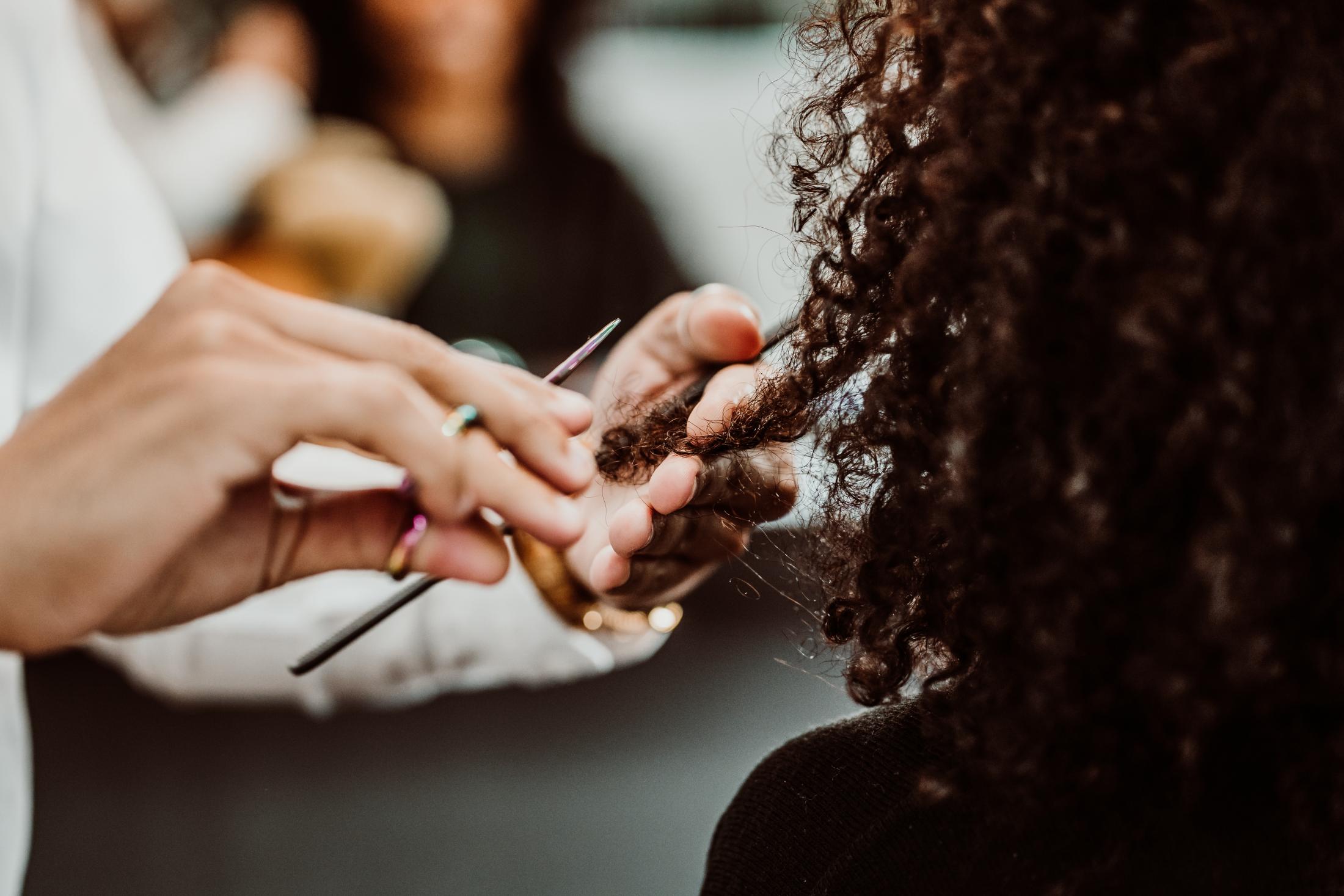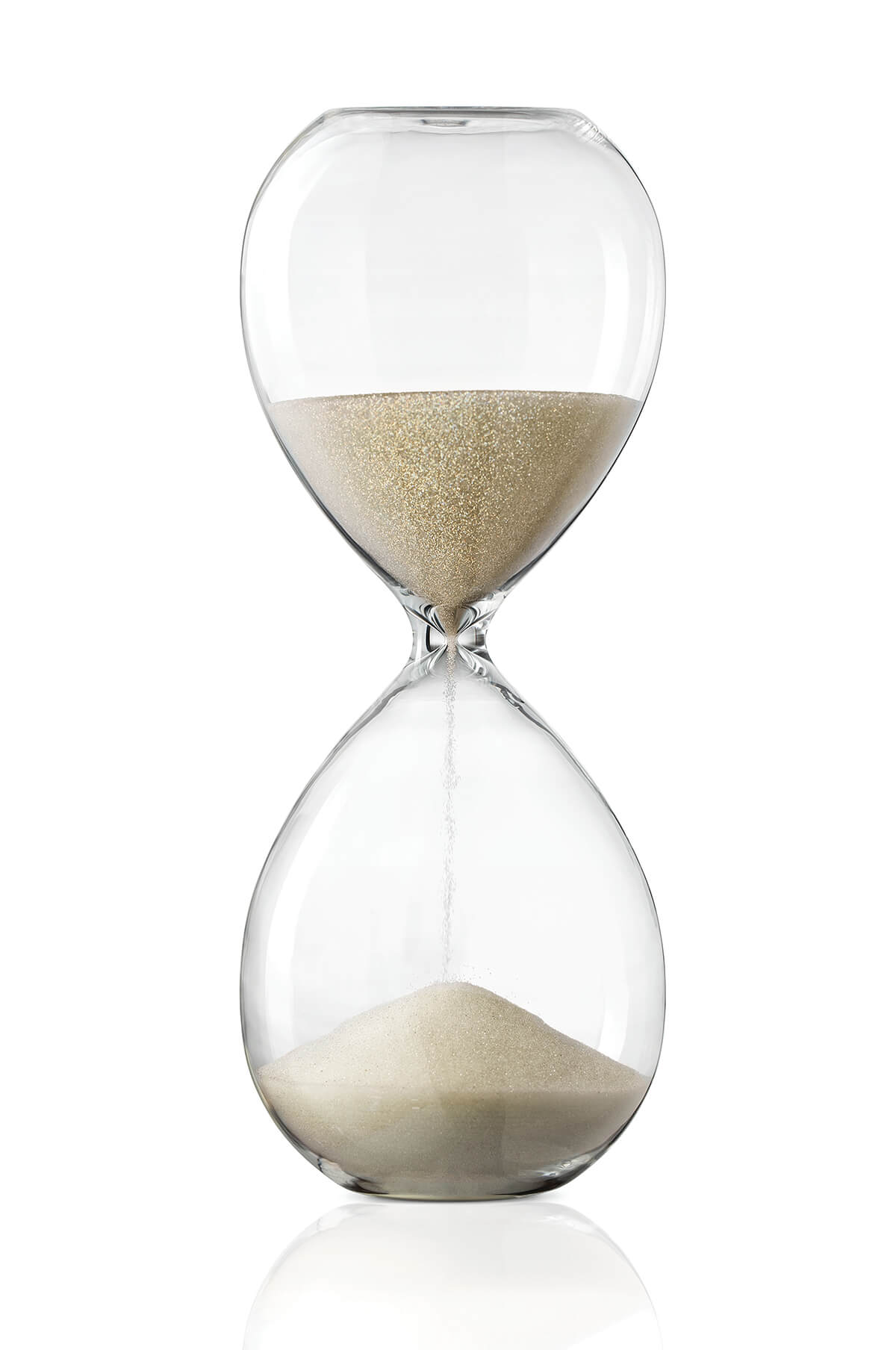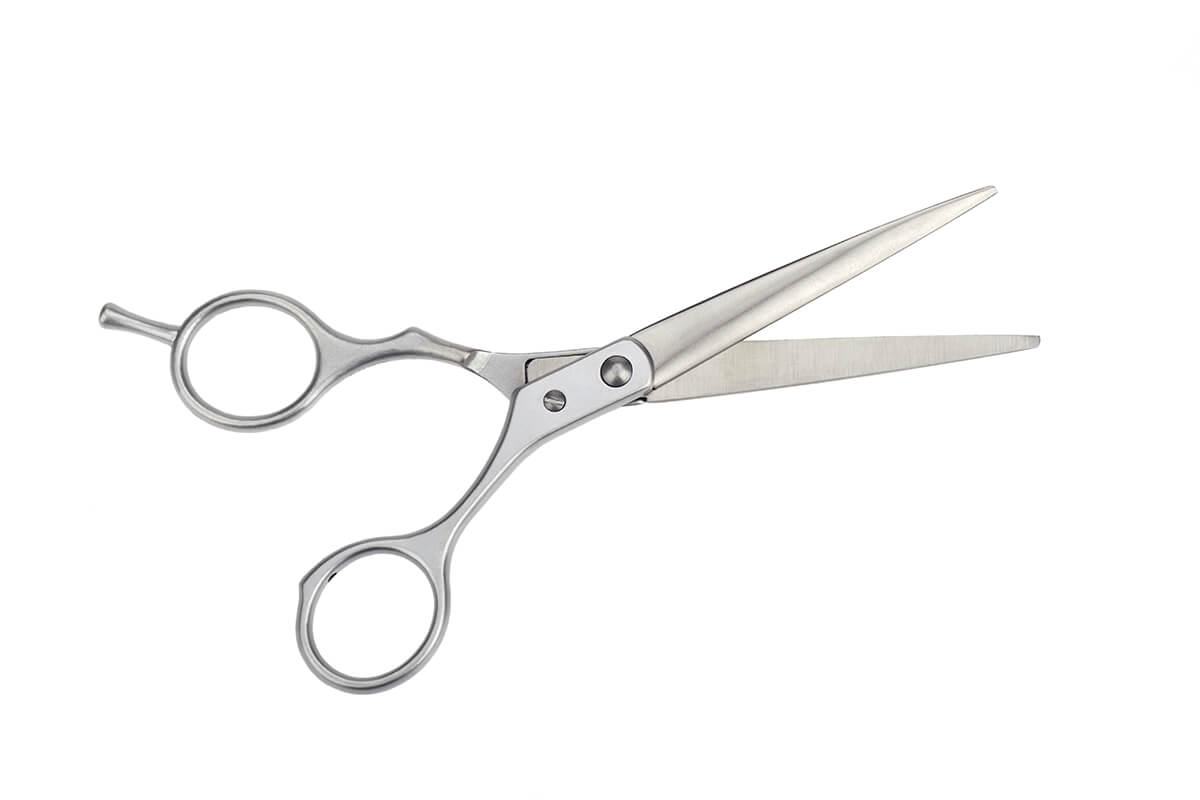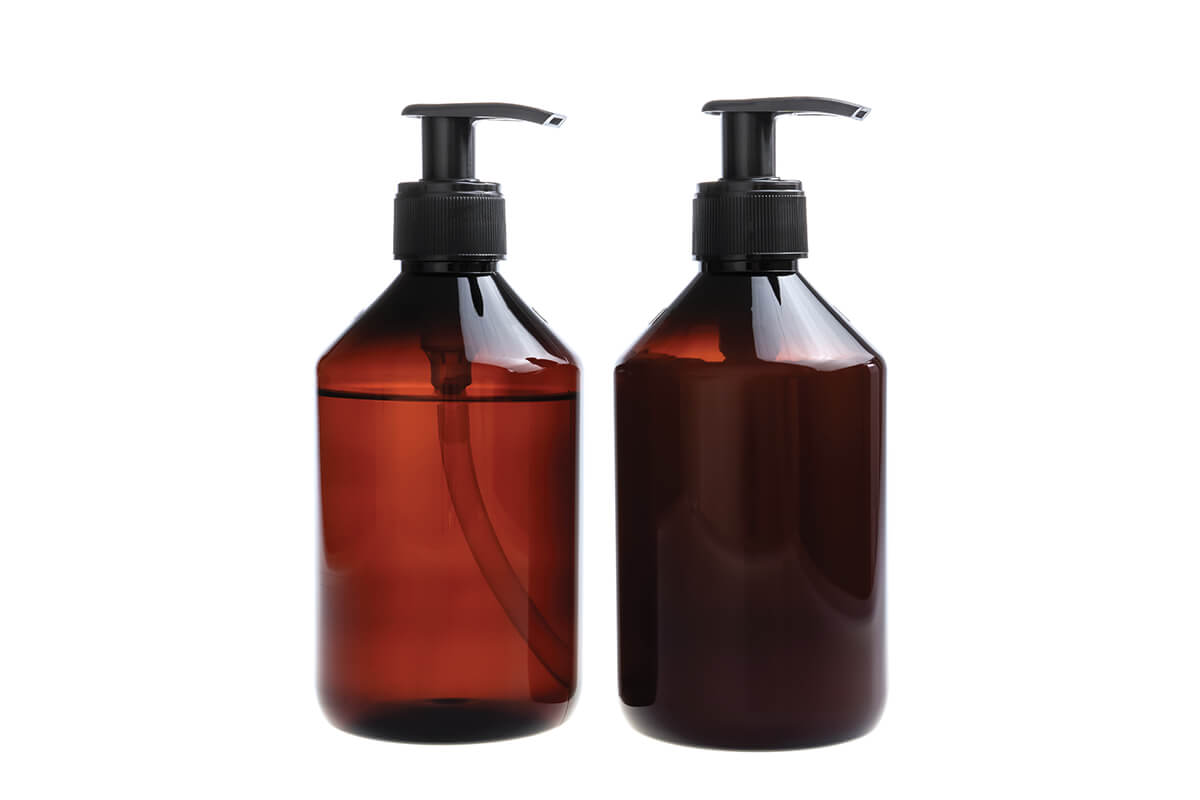Style & Shopping
Everything You Need to Know About Maintaining Curly Hair
In a world of social media misinformation, we turned to Anjelica Dabrowski of Crafted Hair Studio for definitive do's and don'ts.

Maintaining curls can feel like solving a jigsaw puzzle. You want definition but not crunch, springiness but not frizziness. Trying to figure out all the latest potions, serums, and drying techniques is bound to leave you frizzazzled (that’s frizzed and frazzled). In an effort to get some clarity, we turned to Anjelica Dabrowski, stylist and curly hair specialist at Crafted Hair Studio, for a roundup of do’s and don’ts
What is the most common mistake you see clients make with their curls?
The airwaves are flooded with advice for curlies, but a lot of the information out there is overwhelming and not beneficial. Sources we should be able to trust, like social media “experts,” product companies, and even the hair industry, have done a disservice to curly hair care. The biggest mistake is doing too much. Curls are simple: They just want to be hydrated, and hydration comes from water—not a product.
You talk a lot about scalp health. Why?
Scalp health is vital for curls to look and act their best. If our scalps are overwhelmed by product build-up, not cleansed regularly, or over stripped by harsh detergents, our curls won’t be able to absorb hydration, which leaves them limp and lacking definition.
What is a general go-to routine for maintaining healthy curls?
Curls are like snowflakes: Each one is special and different. We all have multiple curl patterns throughout our heads, so trying to fit into one pattern category is limiting. Ideally, cleansing the scalp one to two times a week while conditioning it two to three times a week will give you the foundation you need for success so you can build your styling skill set
Are any products and/or styling tools big no-nos for curls?
Staying away from harsh and dehydrating ingredients like sulfates, silicones, raw butter, and oils will ensure that the products you invest in will be fruitful.
Are there products and/or styling tools that you consider must-haves?
Curls are an artifact of nature that act their best when encouraged, not controlled. When I style curls, I aim for the client’s most natural definition, and there’s no better tool than your own two hands. Healthy curls come from being hydrated through water and water-soluble products, so learning how to read a product label will empower you to make the best choice for your specific hair needs and goals.
How often should you get a trim? Is there anything particular to ask for?
Haircuts should be performed every three to four months to ensure the integrity of the hair, as well as reshaping, which will aid in daily styling. A curly haircut should always be cut dry and through its natural form by a trusted curl specialist. The power is in the client’s hands. It’s your hair, so if you’re not confident or comfortable, always feel free to communicate.
WHAT YOU NEED:
PATIENCE: Taking time to understand your unique hair is necessary to get that perfect curl.

HAIRCUT: Shape is everything. Make sure your stylist is well-versed in cutting curls and get regular trims to revitalize your style.

QUALITY PRODUCT: Clean and nourishing ingredients will ensure your curls get the hydration they need.
